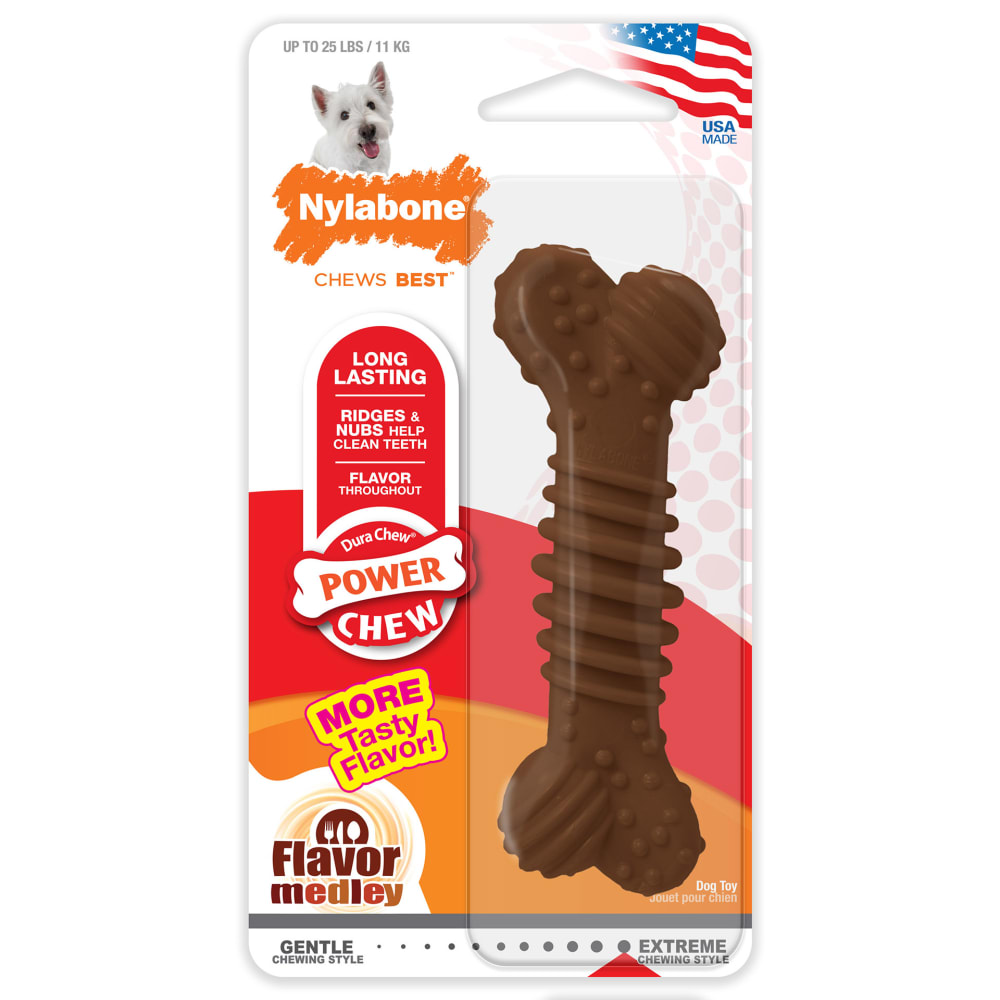Check Your Dog for Ticks
Ticks are more than just annoying; they pose a real health threat for your dog—and even you— because of the serious diseases they can carry, such as Rocky Mountain spotted fever and Lyme disease.
Environment and Lifespan
Most ticks hatch and develop in grassy or brushy areas. The tiny immature ticks (seed ticks) lurk in the grass or foliage until a suitable host passes by. They attach to the host to feed, then drop off to develop further. This cycle is repeated until the tick becomes an adult. After feeding one last time, the adult female tick drops off the host and lays thousands of eggs.
When they're not feeding, most ticks prefer the warm, moist and sheltered conditions found outside in the grass or woods. The notable exception to this is the brown dog tick (kennel tick), which can complete its entire life cycle indoors.
Prevention
The most effective tick protection for your canine pal will probably involve tick prevention products (ask your veterinarian for recommendations) combined with physically checking for and removing the blood-sucking parasites. During warmer months, regular tick checks—at least once a day—are especially important if your dog spends time outdoors and romps through areas with tall grass, brush, or woods. Winter weather may provide a reprieve, but that depends on how cold it gets. Ticks become active when temperatures reach 45∞F and above, so you'll need to check your pal accordingly.
Tick Check
Use your eyes and hands to check your dog for ticks. First, observe his behavior. Is he repeatedly scratching a certain spot? There could be a tick lurking there. Next, look him over carefully, paying close attention to his face (including lips and eyelids), ears (inside and outside), armpits, abdomen, anal area, and between the toes. Now run your hands over your pal, burrowing your fingers down into his coat if it's long or thick. Large engorged ticks will be easy to feel, but check carefully for smaller ones, too. If a small tick is deeply imbedded, you may feel a soft swelling rather than the tick itself.
Removal
If you find a tick, you'll need to remove it. Don't apply any "home remedies" such as alcohol, petroleum jelly, or a lit match in an effort to get the tick to detach itself. These tactics don't work and may induce the tick to inject more infectious saliva into your dog. Instead, use a pair of tweezers to grasp the tick as close to your dog's skin as possible. Apply steady upward pressure, without twisting, until the tick detaches. Ideally, you'll remove the entire tick, but don't worry if part of it remains attached—the resultant minor local reaction will quickly resolve. After you've removed the tick, gently wash the area with a mild antibacterial soap. Don't forget to wash your hands, too.
Karla S. Rugh, DVM, PhD, is a practicing veterinarian, consultant, and writer in Rocheport, Missouri. She has twice received the National Institutes of Health Research Service Award.
FOLLOW US!






